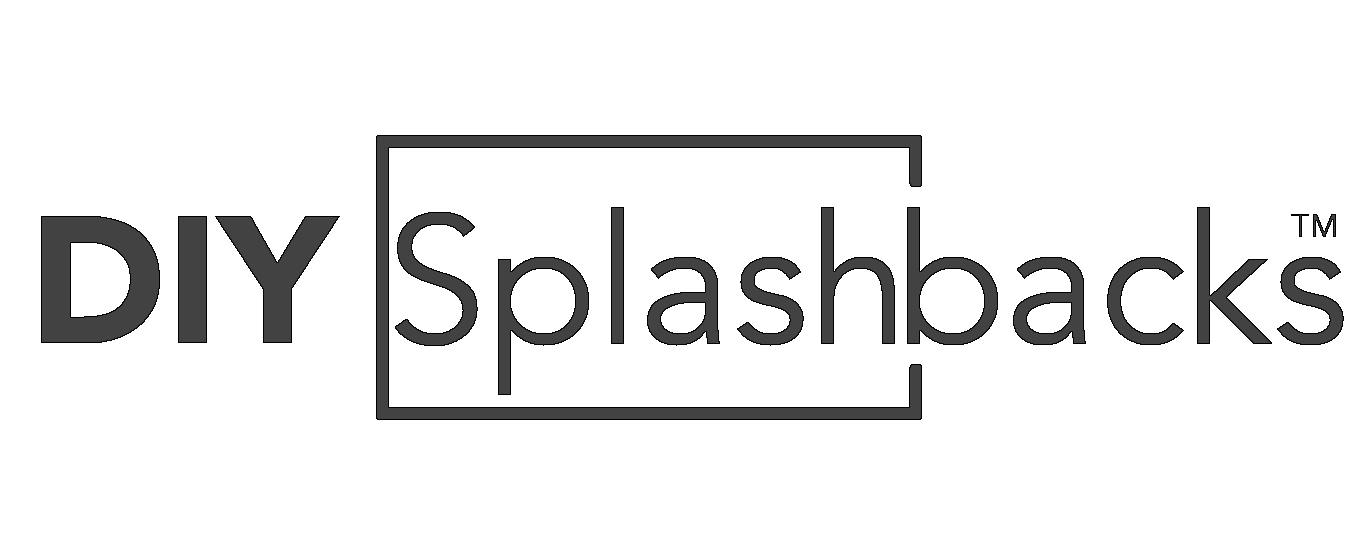Designing a small kitchen can be a challenge, but incorporating a splashback effectively can transform the space into something stylish and functional. Splashbacks not only protect your walls but also serve as a focal point that can enhance the overall look of your kitchen. Here’s how to make the most of a splashbacks in your kitchen:
1. Choose Light and Reflective Materials
In a small kitchen, you want to maximise light and create a sense of space. Opt for light-coloured splashbacks, such as white or soft pastels, which can brighten up the area. Reflective materials like glass or mirrored tiles can amplify natural and artificial light, making the room feel larger and more open.
2. Incorporate a Feature Splashback
If you want to add a touch of personality without overwhelming the space, choose one area for a feature splashback. This could be behind the sink or stove, with a bold colour, unique pattern, or even a custom design. This approach draws the eye to a specific point and avoids cluttering the entire wall with a busy design.
3. Opt for Vertical Patterns
To visually expand the height of your kitchen, consider vertical patterns or designs for your splashback. Vertical stripes or elongated tiles can create an illusion of greater height, making the kitchen feel less cramped and more airy.
4. Extend the Splashback to the Ceiling
In small kitchens, extending the splashback up to the ceiling can unify the space and create a seamless look. This technique works particularly well with materials like glass or tiles, as it provides a continuous, uninterrupted surface that can enhance the sense of space.
5. Choose Slimline and Minimalist Designs
Avoid bulky or overly decorative splashbacks that can make a small kitchen feel even smaller. Instead, go for slimline designs and minimalist styles. A simple, sleek splashback can blend into the background and keep the kitchen looking tidy and uncluttered.
6. Consider a Splashback with Integrated Lighting
Incorporating integrated lighting into your splashback can add both style and functionality. LED lights embedded in or above the splashback can illuminate your workspace and highlight your splashback design, adding a modern touch and enhancing visibility in a compact kitchen.
7. Use a Continuous Material
Using the same material for both the splashback and countertops creates a seamless look that can visually expand a small kitchen. A continuous surface helps to reduce visual clutter and make the space appear larger and more cohesive.
8. Select Patterns with Care
If you prefer patterns, choose designs that won’t overwhelm the space. Subtle patterns, such as small geometric shapes or gentle mosaics, can add texture and interest without making the room feel cramped. Avoid overly large or intricate patterns that might dominate the space.
9. Utilise Multi-Functional Splashbacks
Look for splashbacks that offer additional functionality. For example, some splashbacks come with integrated magnetic boards or pegboards for hanging utensils or storing kitchen essentials. These multi-functional options help you make the most of every inch of your small kitchen.
Incorporating a splashback into a small kitchen design can enhance both style and functionality. By choosing the right materials, patterns, and placements, you can create a visually appealing and practical space that feels larger and more cohesive. Embrace these strategies to make your small kitchen shine.
